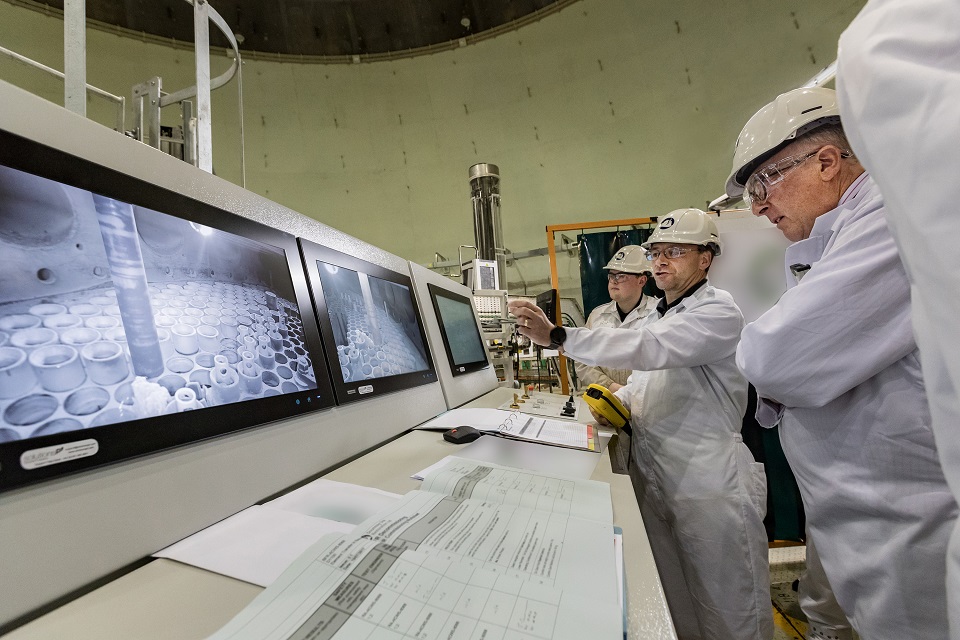Press release: Invite to Bedford energy from waste drop-in
A community drop-in is being held in Marston Moretaine for the public to find out about the Environment Agency’s role in the energy from waste (EfW) incinerator facility proposed at Rookery Pit, Stewartby.
The Environment Agency will be asking people for comments on the applications for an environmental permit it has received from Covanta Energy Limited.
The event is being held at Forest of Marston Vale Centre, Station Road, Marston Moretaine, Bedford, MK43 0PR on Wednesday 20 September, 1:00pm – 7:00pm.
The Environment Agency’s role is to make sure that energy from waste facilities are designed, built and run to meet legal environmental standards ( the Industrial Emissions Directive) and to meet the conditions of their environmental permit (the Environmental Permitting Regulations 2016).
If a permit were to be issued the Agency would be the regulator for on-going compliance monitoring of the incinerator.
The Environment Agency will only issue a permit if it is satisfied that the plant will be designed, built, operated and maintained in such a way that the requirements of the relevant EU Directives are met and that human health and the environment are protected. This will be decided following consultation with the relevant Local Authorities and their Health Departments, the Food Standards Agency, Public Health England, the Health and Safety Executive and other identified statutory consultees.
The public consultation period will run from 11 September to 23 October 2017.
The start of the consultation period has also been advertised on the Environment Agency website on gov.uk.
On-line option
People unable to attend the drop-in or wanting to provide formal comments to be considered during the determination by the Environment Agency, should send them to psc@environment-agency.gov.uk or write to: Environment Agency, Permitting Support Centre, Land Team, Quadrant 2, 99 Parkway Avenue, Sheffield, S9 4WF. Please quote permit application number EPR/WP3234DY/A001.
To provide comments online and to view the documents that form part of this consultation, follow this link
Interested parties can also make an appointment to view a copy of the draft permit and draft decision document at the local Environment Agency office, located at: Bromholme Lane, Brampton, Huntingdon,
Cambridgeshire, PE28 4NE.
